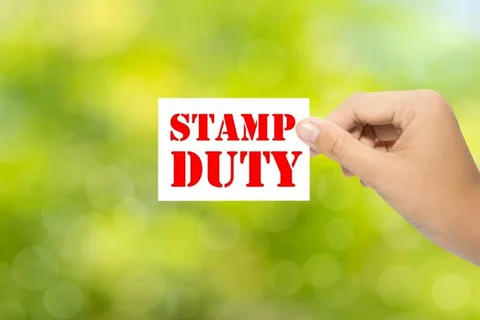Buying a run-down property might seem like a clever way to save on tax. After all, if the place is falling apart and barely liveable, surely you shouldn’t have to pay full whack on Stamp Duty, right?
It’s a fair question — and one that often comes up with buyers eyeing renovation projects, investment opportunities, or seriously neglected homes. But when it comes to the rules around Stamp Duty Land Tax (SDLT), the picture isn’t quite so simple.
Let’s break it down.
What Counts as ‘Uninhabitable’?
First things first — just because a property looks a mess doesn’t automatically mean it’s uninhabitable in the eyes of HMRC.
A property is still classed as a “dwelling” (and therefore residential) if it’s suitable for someone to live in, even if it’s not currently occupied. That means it needs to have the basics: a working kitchen and bathroom, electricity and water, and be structurally sound.
If the property has those core features — even if it’s damp, outdated, or in need of major repairs — it’s likely to be taxed as a residential property.
To be classed as uninhabitable, the place would typically need to be missing essential facilities, be unsafe to enter, or require such extensive rebuilding that it couldn’t reasonably be lived in as-is.
Why Does This Matter for Stamp Duty?
The big reason buyers care whether a property is classed as uninhabitable is because it affects how much SDLT they’ll pay.
Over the past few years, several tax cases have made it clear where HMRC draws the line. In one 2024 case, the buyer tried to claim a reduced rate on a damaged property with no working kitchen. But the tribunal decided the house was still a dwelling, even if it was in poor condition.
In short, unless a property is genuinely not fit to live in — think collapsed roof, no utilities, condemned structure — HMRC will almost always treat it as residential.
Are Any Properties Exempt?
There are situations where a property might qualify for non-residential SDLT rates:
- It has never been used as a home (like an agricultural barn)
- It’s been stripped out to the point it can’t be lived in at all
- It’s undergoing a formal change of use (e.g. planning permission to convert it into a shop or office)
But again, these are the exceptions. If you’re buying a house — even a battered one — chances are it’ll be seen as a dwelling for tax purposes.
This is where people often run into trouble. They assume that the state of disrepair is enough to argue the place is uninhabitable, but HMRC doesn’t accept that unless there’s hard evidence and the property clearly fails to meet basic living standards.
What Should Buyers Do?
If you’re thinking about buying a doer-upper and hoping to save on SDLT, here are a few tips:
- Get a full survey from a qualified surveyor. If the property really is uninhabitable, you’ll need proof.
- Document everything — photos, reports, repair estimates, utility disconnections — anything that shows the property couldn’t be lived in.
- Speak to a solicitor or tax adviser before you make assumptions. Trying to claim a lower rate without proper grounds can lead to penalties or legal challenges.
Conclusion
There’s a lot of misinformation out there about stamp duty on uninhabitable property, so it’s important to get clear, up-to-date advice before you buy. The rules are strict, and HMRC isn’t known for being lenient when it comes to grey areas.
Ultimately, stamp duty on uninhabitable property is only reduced in truly exceptional cases. If you’re in doubt, speak to a professional before relying on what seems like a tax loophole — because in most cases, it isn’t.
